Wound Booster: A Precision Self-care System for an Integrated Wound Management
Chronic wounds arise from direct skin traumas, prolonged pressure or complications in chronic conditions such as cardiovascular diseases and diabetes. They are a cause of significant pain and discomfort, represent a high mortality risk and their treatment accounts for up to 4 % of the healthcare expenses. Despite the major burden they represent, the pathophysiology of chronic wound development is still not fully investigated and wound care is dominated by non-individualized treatments. In line with this, real-time wound monitoring focuses primarily on assessing more general biophysical markers such as pH and temperature.
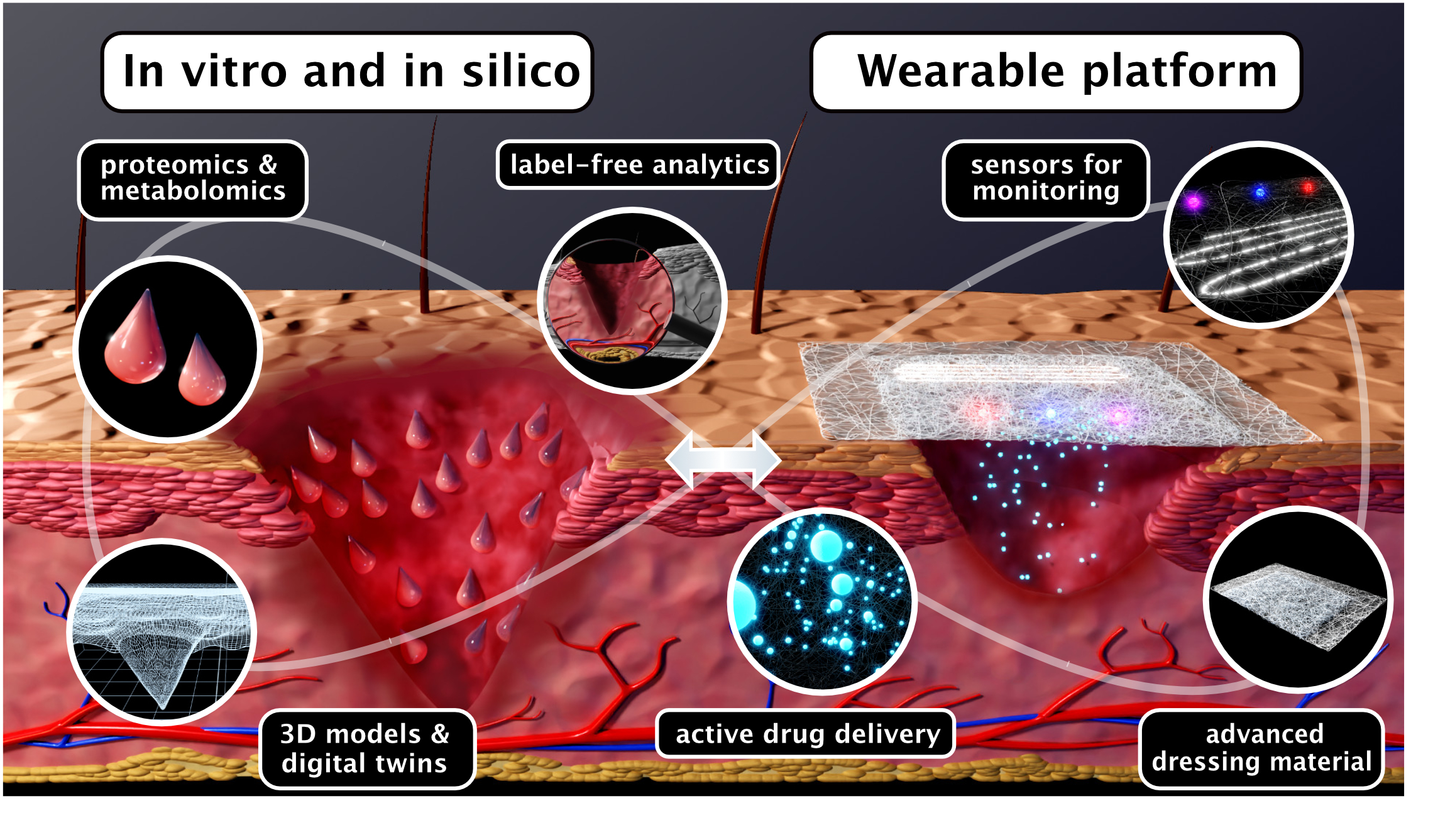
Medical problem
Chronic wounds are a major burden for the affected patients, their families and healthcare systems. They are often associated with clinical complications and, for instance, the five-year mortality rate for patients with chronic wounds arising from diabetic foot ulcers or from venous ulcers is higher than 30%, which is comparable to some aggressive cancer types. As a major challenge, the pathophysiology of the chronic wound development is still incompletely understood and wound care is dominated by non-individualized treatments. This frequently results in misdiagnosis and delayed or inefficient treatments on one side and unnecessary medical interventions on the other. Current approaches for real-time wound monitoring focus mainly on biophysical markers such as pH and temperature. Biological markers, which could provide more specific insights into the early stages of chronic wound formation, have as yet not been systematically investigated and, specifically, are not exploited for sensor design. Furthermore, delivery systems available for the treatment of chronic wounds are either passive or invasive and largely neglect the importance of changing wound conditions.
Our approach
Empa has assembled a team of interdisciplinary experts, who, together with clinical partners, work closely together on finding innovative solutions for helping patients with chronic wounds and for preventing chronic wound development in the first place. The activities are organized within the Wound Booster program. The objective of Wound Booster is the design of a precision, self-care integrated system to understand, simulate, and monitor skin wound evolution. Our aim is to develop self-care wearables for spatiotemporal wound monitoring and patient-specific, timely wound treatment. The uniqueness of our approach lies in the coupling of these activities with in depth analytical and molecular characterization of early phases in chronic wound formation as well as advanced in vitro models that allow us to simulate chronic wound responses to new treatments. For instance, we will specifically investigate new biological markers that could better assist clinical decision making. The wearables developed by Empa scientists will assist clinicians in detecting signs of infection or wound deterioration early on and, accordingly, enable delivery of a precise, personalized, and timely wound treatment.
Network
Prof. Rossi, Prof. Maniura and several other Wound Booster scientists are member of the SKINTEGRITY.CH initative. We find the regular exchange with other experts there highly valuable.
Dr. Luciano Boesel
luciano.boesel@empa.ch
Dr. Marija Buljan
marija.buljan@empa.ch
Prof. Dr. René Rossi
rene.rossi@empa.ch
Prof. Dr. Katharina Maniura
katharina.maniura@empa.ch
Joint work with our clinical partners is essential for the success of this project. We are very proud to work on this problem in a close collaboration with Prof. Dr. Dr. Antonio Cozzio from KSSG. Cantonal Hospital St. Gallen
We are extremely grateful for the very kind support of the Walter Fischli-Stiftung, Philipp und Henny Bender Stiftung, Blumenau-Léonie Hartmann-Stiftung, Hans Groeber-Stiftung, Räschle Stiftung as well as that of some other private foundations. These foundations recognized the medical and societal burden of chronic wounds and appreciated the strong potential of our approach in finding new ways to help patients.
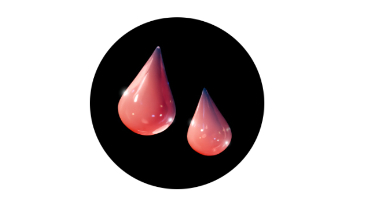
Omics
Learn more on this here.
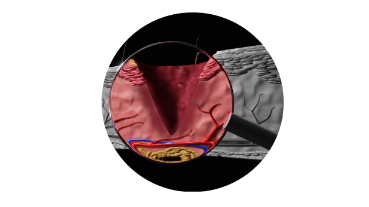
Analytics
Learn more on this here.
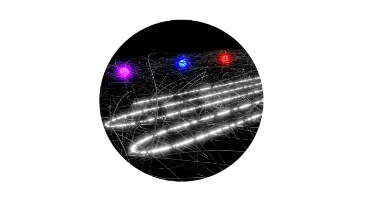
Sensing
Learn more on this here.
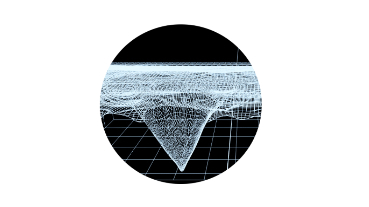
Models & Twins
Learn more on this here.
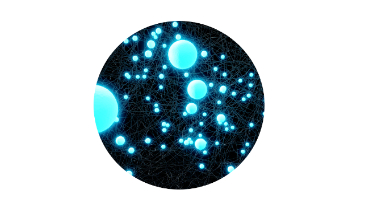
Delivery
Learn more on this here.
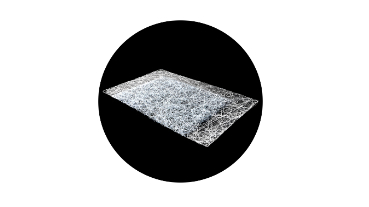
Dressings
Learn more on this here.
